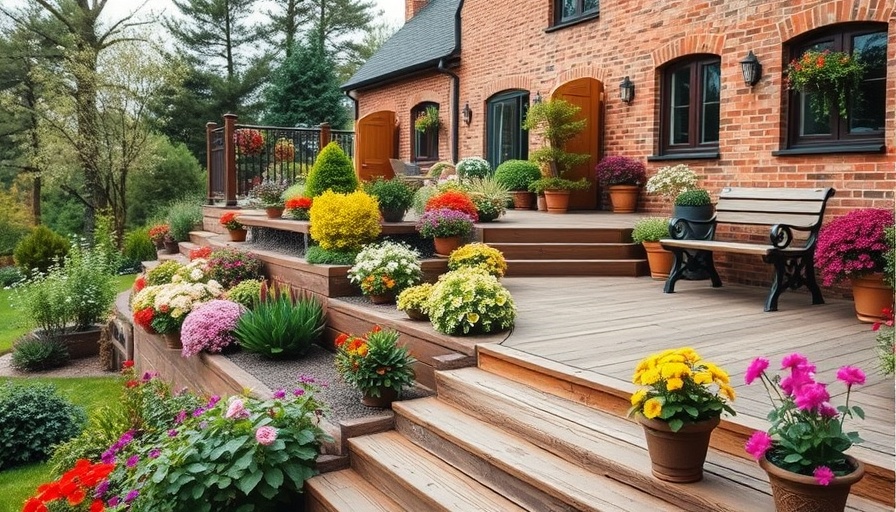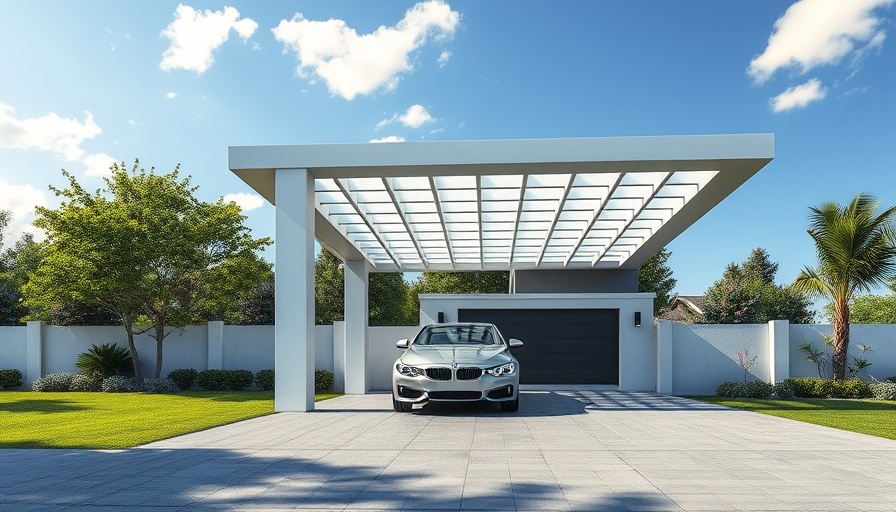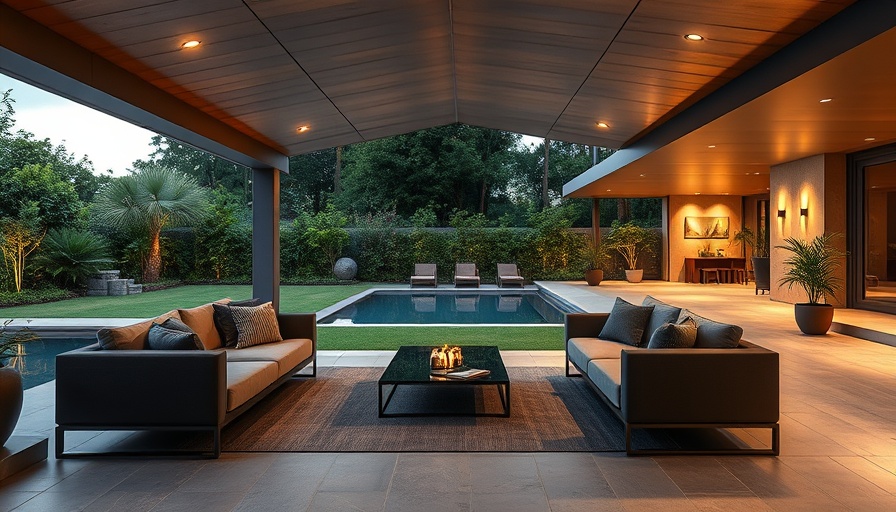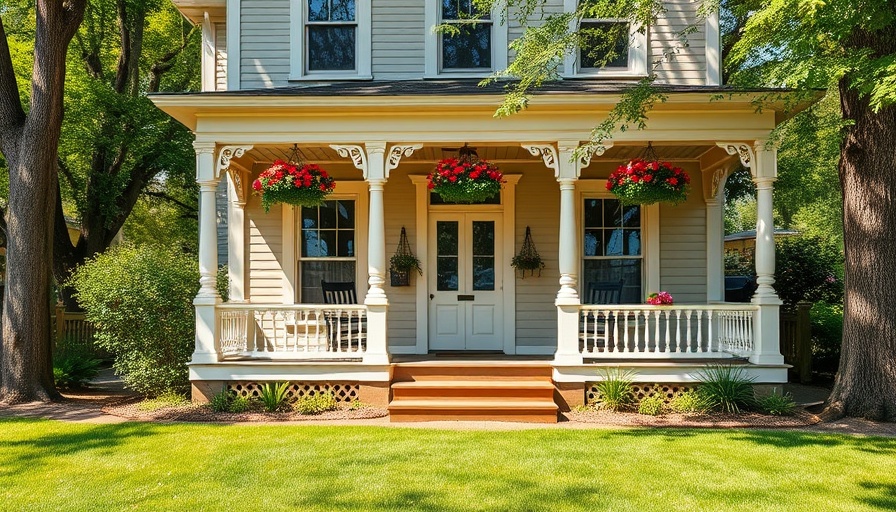
Transforming Slopes into Stunning Landscapes
When it comes to home landscaping, many property owners see challenging terrains like sloped gardens as an inconvenience. However, these spaces hold incredible potential for creativity and beauty, which is beautifully showcased in the realm of modern sloped garden landscaping design. With the right techniques, homeowners can embrace elevation changes and utilize them to create breathtaking outdoor oases.
In MODERN SLOPED GARDEN LANDSCAPING DESIGN IDEAS, the discussion dives into transforming sloped gardens into functional oases, exploring key insights that sparked deeper analysis on our end.
Understanding Sloped Garden Design
Sloped garden landscaping, as highlighted in the video MODERN SLOPED GARDEN LANDSCAPING DESIGN IDEAS, refers to an architectural approach that transforms varying elevations into functional and visually appealing outdoor spaces. This involves strategic planning to utilize functions like terracing, retaining walls, and planting layouts to prevent erosion, improve drainage, and maximize the usability of the garden.
Unlocking the Benefits of Sloped Gardens
One significant benefit is the ability to create distinct zones within your yard. For instance, multiple levels can host different functions from dining areas to play spaces. Moreover, with proper design, drainage can be significantly improved, safeguarding your home’s foundation and promoting sustainable landscaping practices. Thoughtful integration of features such as steps, ramps, and pathways makes navigating these gardens safer and more accessible.
Designing for Durability and Aesthetic Appeal
Successful sloped garden designs combine both hardscaping and softscaping. Materials should complement both the natural environment and the architecture of your home. Seasonal planting with consideration for your local climate can enhance both the look and stability of the slope, offering texture and color throughout the year.
Key Elements for Sloped Garden Success
A few key elements stand out as essential in achieving a successful sloped garden layout:
- Retaining Walls: Necessary for creating terraces and reducing soil erosion.
- Steps and Pathways: Ensuring access, these should blend functionality with aesthetics using materials like stone or timber.
- Drainage Solutions: Systems like French drains manage water effectively, preventing erosion.
- Native Plantings: These require less maintenance and are better suited for stability and aesthetic appeal.
- Outdoor Lighting: Creating ambience while also enhancing safety as the sun sets.
Inspiring Sloped Garden Designs
1. Multi-tiered Hardwood Decking: This design utilizes warm wood and built-in planters to create inviting relaxation areas enriched by integrated lighting.
2. Concrete and Wood Terrace Oasis: A combination of sleek materials paired with lush plantings underscores sophistication.
3. Rustic Wood Terracing: Utilizing natural timber gives a charming country aesthetic while maintaining functionality.
4. Vibrant Floral Hillside: A riot of colors and textures makes this garden alive with seasonal blooms amid natural rock formations.
5. Formal Terrace Garden: A statement of classical elegance, this design highlights structure with manicured hedges and strategic seating.
Conclusion: Embrace Your Sloped Garden
In summary, sloped gardens provide unique opportunities for creativity. Homeowners should view their uneven yards as blank canvases ready for transformation. By combining various materials, thoughtful planting, and integrating functionality with aesthetic elements, anyone can create a stunning outdoor space. So, if you’re ready to redefine your garden space, consider these modern sloped garden landscaping design ideas.
If you're intrigued by the potential of sloped gardens, explore these design ideas further, and don't hesitate to share your favorite concepts or reach out for personalized landscaping advice!
 Add Row
Add Row  Add
Add 


Write A Comment